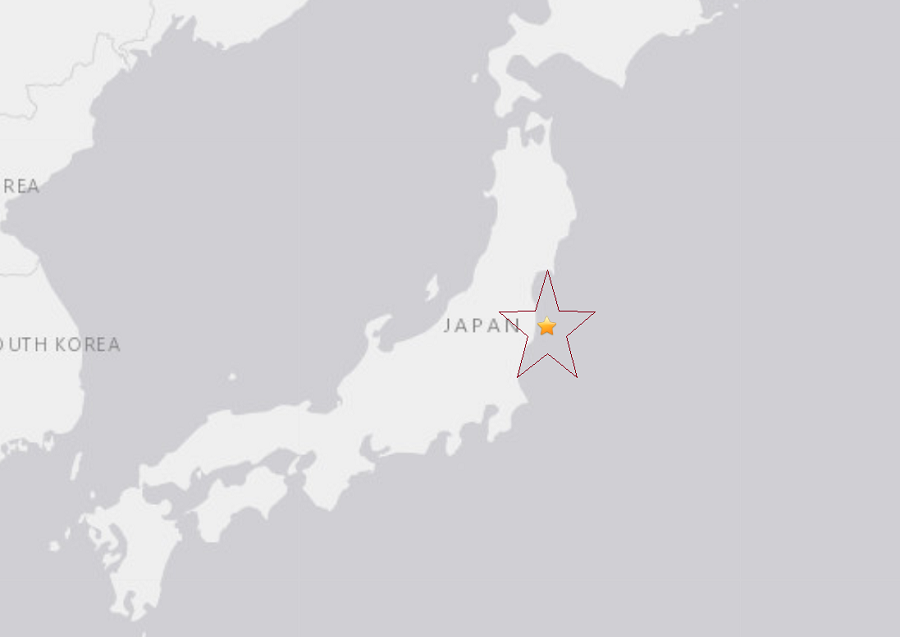
A strong earthquake centered just east of the Japanese east coast rocked the nearby Fukushima Nuclear Plant, a crippled plant destroyed by a 2011 earthquake and tsunami. The 5.2 earthquake struck at 7:20pm local time (5:20am ET) at a depth of 80.7 km.
People in the area described the earthquake as a prolonged 10 second rattle that shifted appliances and furniture. There have been no widespread reports of damage and no reports of injuries or deaths. Japanese energy company TEPCO, which runs four nuclear power plants in the area of the quake said it was awaiting further information about the earthquake’s impact.
The Japan Meteorological Agency did not issue a tsunami advisory for this quake.
Officials in the Fukushima prefecture warned residents that there could be aftershocks and asked them to continue official public safety advice.
In 2011, Fukushima was the site of the world’s worst nuclear disaster when a 9.1-magnitude earthquake caused a tsunami. The wave flooded the nuclear power plant and caused a massive meltdown, spewing out radiation that forced more than 150,000 people to flee their homes.

While the meltdown first occured after the tsunami struck the plant, the nuclear disaster continues today. There’s more than one million tons of contaminated water already stored at the plant, with 170 tons more added each day. TEPCO says there will be no more capacity for tanks holding contaminated water in about two years from now. The radioactive water comes from several different sources which including water used for cooling the plant, groundwater at the site, and rain water that seeps into the plant during each rainfall. While that water is put through an extensive filtering process, tritium remains in the water and testing shows other radioactive materials remain.
The Japanese government has proposed that the radioactive water be released into the Pacific Ocean once the site capacity is reached in 2022. Just two weeks ago, the Japanese government made its case to embassy officials from 23 countries that dumping contaminated water from the nuclear power plant into the ocean is the best course of action for the nuclear crisis that remains beyond control.